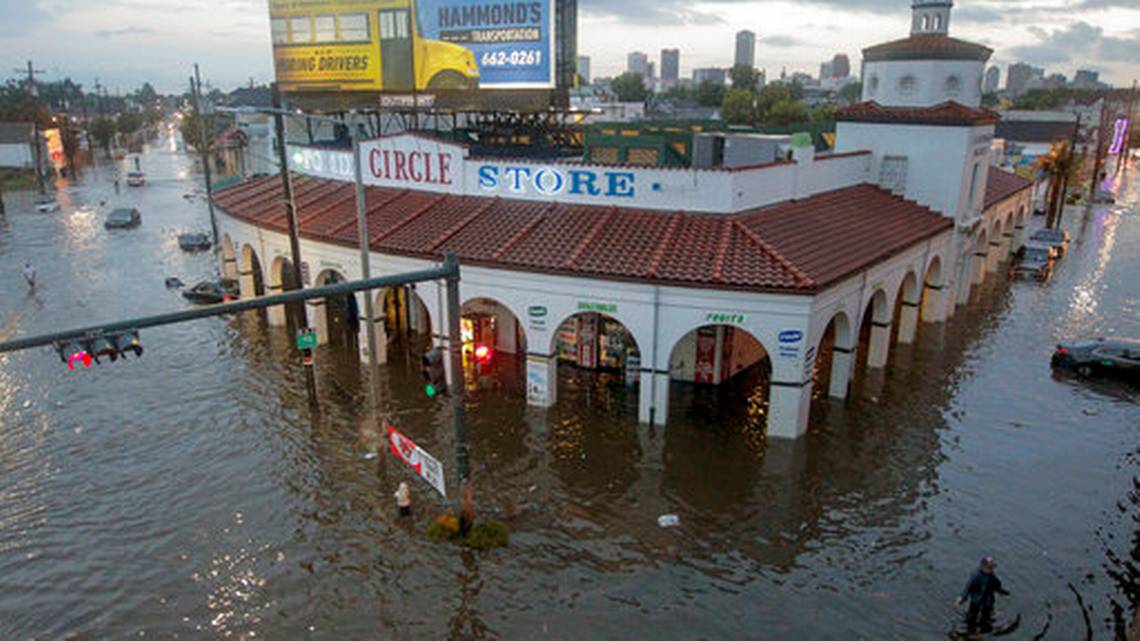
Photo: AP
Last summer, the United States was pummeled with three severe hurricanes in rapid succession. It was a truly awesome display of the power of weather and the country is still reeling from the effects. There have been years of research that human-caused global warming has on hurricanes– both their frequency and their power.
But scientists are now working to find out: Is there a link between those superstorms and our warming oceans? Could this be the new normal?
Hurricane Season Full Force
The 2018 Atlantic hurricane season is officially underway, and if recent storms are any indication of what’s to come, we may be in for a pummeling.
Last year, Hurricane Harvey slammed southern Texas and caused widespread flooding in Houston. Hurricane Maria became the 10th most intense hurricane on record in the Atlantic basin when it devastated Puerto Rico and other islands in the Caribbean.
The National Oceanic and Atmospheric Administration issue a hurricane season forecast each spring. Its forecast for the 2018 season specifies a 75-percent chance that this year’s storm activity will be at normal or above-normal levels. There’s a 70-percent likelihood of 10 to 16 named storms — those with winds of 39 mph or higher. Of these, five to nine could become hurricanes, with one to four turning into major hurricanes (category 3 or above).
Storms over the past five years have been continually breaking records around the glove, like Hyann in the Philippines and Patricia in Mexico. Hurricane Irma which battered South Florida set a global record for the longest sustained category five winds.
So exactly what can we expect this year? Have hurricanes become more intense and more frequent — and more deadly — as result of climate change? And are we getting better at predicting where and when hurricanes will strike?
Global Warming
One undeniable fact is that global warming is causing the sea level to go up, which causes an increased risk of storm surges.
Penn State climate Scientist Michael Mann advocates for adding a new Category 6 to the Saffir-Simpson Hurricane Wind Scale. Mann wishes to add ‘superstorm’ describe the extremely powerful super storms seen in recent years—storms that can be fueled by global warming.
“I’m concerned when hurricanes are used as the poster child for global warming,” said Dr. Chris Landsea, who is the science and operations officer at the National Hurricane Center in Miami.
“It’s very difficult to say how hurricanes are now versus 100 years ago. We’re still challenged today in knowing how strong a hurricane is, even in 2018,” said Landsea.
It’s a troubling trend, but one that seems to be bolstered by recent research. Rapid intensification usually found in major hurricanes has likely increased in the Atlantic Ocean since 1970 and may be more common due to global warming.









